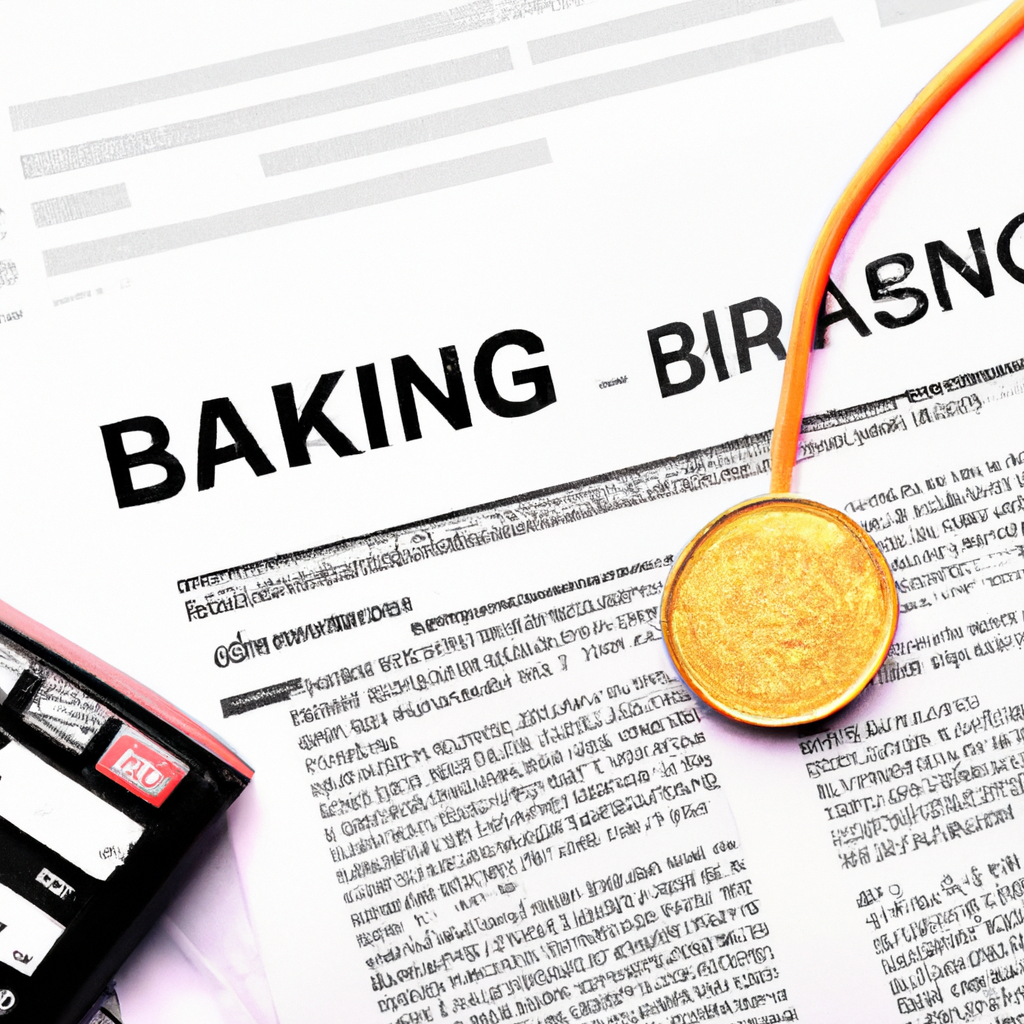Statement of CFPB Director Rohit Chopra, Member, FDIC Board of Directors, on the Final Rule to Protect the FDIC Name and Logo from Bad Actors
In a move to safeguard consumers and maintain the integrity of the banking system, the Federal Deposit Insurance Corporation (FDIC) is strengthening its rules regarding the use of the FDIC name and logo. The FDIC Board of Directors is voting on a final rule today to update the framework governing official FDIC signs and advertising requirements, as well as misrepresentations related to federal deposit insurance.
Why is this important? There is currently a convergence of nonbanks, banks, and deposit-style products in the market, and the FDIC wants to ensure that consumers are not misled or put at risk. Nonbank entities are increasingly offering deposit-style products in partnership with banks, often using the FDIC insurance as a selling point. However, it’s crucial for consumers to understand that “depositing” funds with a nonbank is different from depositing with an insured bank.
While funds may be eligible for pass-through insurance, it’s important to note that this coverage is not automatic or guaranteed. Additionally, pass-through insurance does not protect consumers from certain risks associated with the failure of nonbank entities, such as the potential for frozen funds. Nonbanks may also offer standalone products that resemble deposits, but if the nonbank fails, consumers may lose their money stored in these products.
To address these issues, the FDIC is updating its sign and advertising rules, which were last revised in 2006. The proposed rule changes include new requirements for digital banking channels, segregating deposit and non-deposit areas within branches, and clear disclosures that non-deposit products offered by banks are not insured by the FDIC, are not deposits, and may lose value. These provisions aim to adapt the regulatory framework to the modern banking experience.
However, even with these rule changes, confusion may still arise. The FDIC acknowledges the limits of its authority and suggests that federal and state consumer protection agencies should use their broader powers to prevent unfair and deceptive practices. The Consumer Financial Protection Bureau (CFPB) in particular is closely monitoring these schemes and products, reminding market participants that misusing the FDIC name or logo, engaging in false advertising, or making misrepresentations about deposit insurance can violate the Consumer Financial Protection Act’s prohibition on deception.
The CFPB has proposed subjecting nonbank payment companies to the same supervisory examination process as banks to ensure compliance with federal deposit insurance coverage. They have also issued a nationwide consumer advisory, urging individuals to always transfer funds stored on nonbank payment apps to insured accounts. These efforts are part of a broader initiative to protect consumers and limit misrepresentations that exploit the public’s trust in the FDIC.
The distinct visuals associated with the FDIC, such as the classic black and gold sign at teller windows and the “Member FDIC” disclaimer in ads, are symbols of trust in the banking system. Therefore, it is crucial to maintain the integrity of the FDIC’s name and logo to avoid any confusion or misuse.
In conclusion, the FDIC’s final rule to protect the FDIC name and logo is a necessary step to preserve consumer confidence and ensure that individuals are not deceived or put at risk. By updating sign and advertising rules, as well as clarifying the distinctions between banks and nonbanks, the FDIC aims to adapt to the evolving banking landscape and protect consumers from potential harm.
Frequently Asked Questions:
Q: Why is the FDIC updating its rules regarding the use of its name and logo?
A: The FDIC is updating its rules to address the convergence of nonbanks, banks, and deposit-style products in the market. This will help prevent consumer confusion and protect them from potential risks.
Q: What are the risks associated with deposit-style products offered by nonbanks?
A: While these products may be eligible for pass-through insurance, coverage is not automatic or guaranteed. In the event of a nonbank’s failure, consumers may face the risk of frozen funds or even loss of their money.
Q: How does the FDIC rule update adapt to the modern banking experience?
A: The rule update includes new requirements for digital banking channels, segregating deposit and non-deposit areas within branches, and clear disclosures about non-deposit products. These changes ensure that the regulatory framework aligns with the modern banking landscape and protects consumers.
Q: What is the role of the Consumer Financial Protection Bureau (CFPB) in this matter?
A: The CFPB is closely monitoring these schemes and products to prevent unfair and deceptive practices. They remind market participants that misusing the FDIC name or logo, engaging in false advertising, or misrepresenting deposit insurance can violate consumer protection laws.
Q: How can consumers protect themselves when using nonbank payment apps?
A: The CFPB advises consumers to transfer funds stored on nonbank payment apps to insured accounts. This ensures their money is protected in the event of a nonbank’s failure.
For more information about banking regulations and practices, please visit [VisBanking](https://visbanking.com/). You can also find information about pricing [here](https://visbanking.com/pricing/) or request a demo [here](https://visbanking.com/request-demo/).






0 Comments